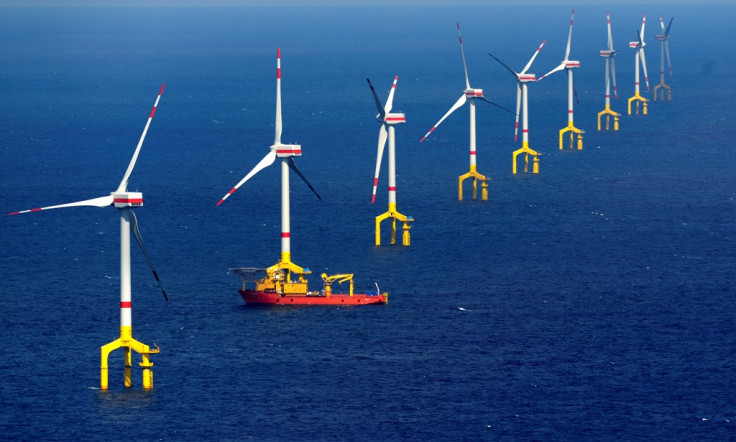Wind and solar energy to be cheaper than fossil fuels by 2018
For 30 countries, renewable sources are already just as efficient as coal.

Wind and solar energy is to be cheaper for most countries than using fossil fuels by 2018, a new report states.
Following the 2015 Paris Agreement on climate change, most countries have been slow to give up their reliance on carbon-emitting resources, because of the cost of renewable sources.
However, a new report by the World Economic Forum (WEF) says that it sees a drastic reversal of that trend, with the cost of wind and solar energy plummeting, making it a more promising investment.
The report said: "Even though the renewables proposition has always had environmental appeal, technology has historically been subpar in delivering appropriate returns to investors without an impact mandate.
"Inefficiencies in incipient solar and wind technologies have perpetuated a global energy matrix that still features coal and natural gas accounting for 62% of total generation.
"Nonetheless, exponential improvements in renewable technology, both in efficiency and cost, have made renewable energy competitive in the past few years."
According to the WEF's findings, using data from the International Renewable Energy Agency, the cost of solar energy has dropped 80% since 2009. Whereas wind energy costs have dropped 30% in the last three years.
Combined with rising fossil fuel costs, 2016 marked the first year that a number of countries reached "grid parity" – where fossil fuel and renewable energy costs were the same.
"It is estimated that more than 30 countries have already reached grid parity without subsidies, and around two-thirds of the world should reach grid parity in the next couple of years," the report added.
"If electricity costs were to rise by 3% annually, 80% of the global market would reach grid parity in the next couple of years."
Chile, Mexico, Brazil and Australia were all cited as countries that have reached grid parity.
The report added better energy storage technology was allowing countries that experienced fluctuating levels of wind and sunlight to also reap the rewards of renewable energy sources.
© Copyright IBTimes 2025. All rights reserved.






















